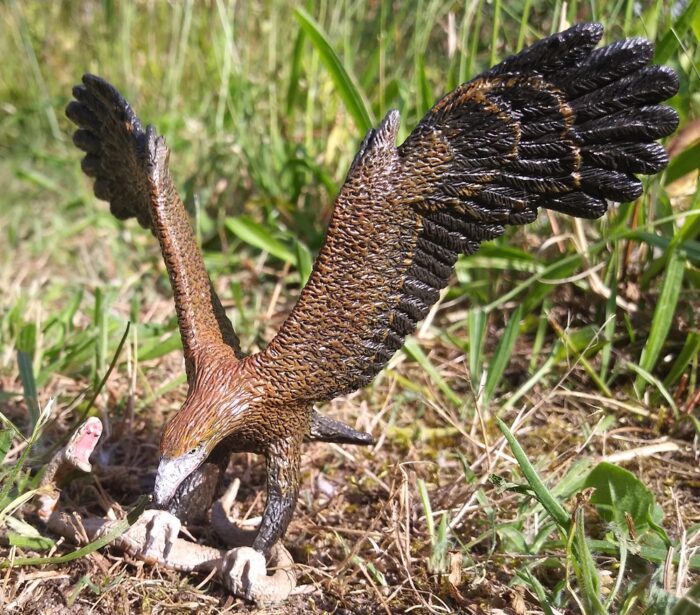
Review and images by Lanthanotus; edited by bmathison1972
Glaring sun scorches the land as a venomous death silently slides towards its den beneath the sparse shade of the burned grass. Suddenly night falls and accompanied by a hot but soft wind, eight fiercely piercing blades start to cut all life from its automatically wildly curling body.
Read more
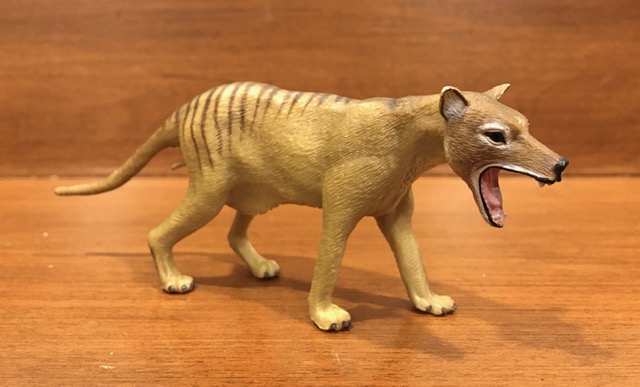
Review and images by Suspsy; edited by bmathison1972
For millions of years, the modern thylacine (Thylacinus cynocephalus), also known as the marsupial wolf and the Tasmanian tiger, was one of Australia’s apex predators. But thanks to over-hunting, habitat destruction, and sheer callousness on the part of human beings, this magnificent animal has gone the way of the dinosaurs and other prehistoric beasts.
Read more
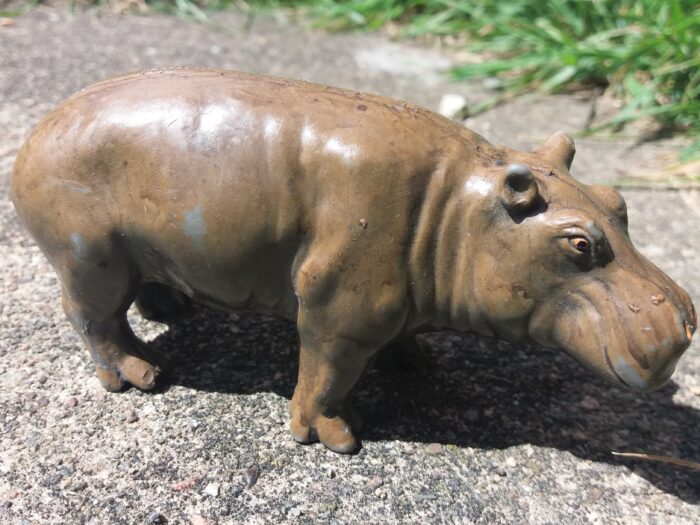
When most think of dangerous animals in Africa, known for killing people, most will think of lions, crocodiles, and hyenas (oh my!). But the animal that actually kills the most people is the common hippopotamus, as they can be very aggressive about their territory. But leave them be and they are benign, incredible animals.
Read more
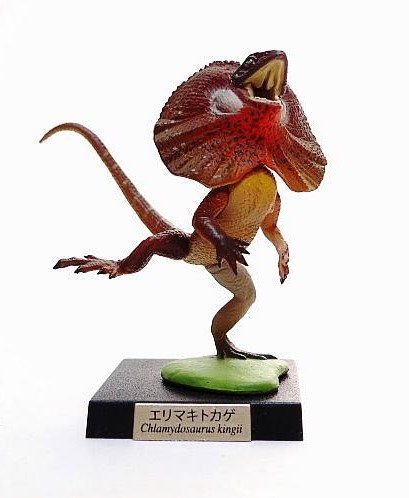
Images by postsaurischian; additional text by bmathison1972
The frilled lizard is a popular and familiar again that lives in northern Australia and southern New Guinea. It is famous for being able to run bipedal, but mainly for its neck frill, which makes it so distinctive, the species is immediately recognizable in even the cheapest of figures (luckily the one we are looking at today is one of the nicer representatives of this species in toy forum).
Read more
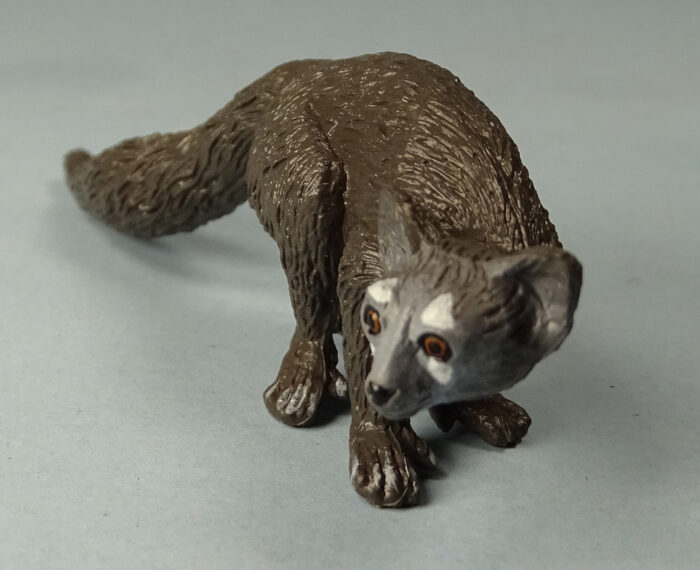
Review and images by stemturtle, edited by bmathison1972
The aye-aye, Daubentonia madagascariensis, is a bizarre lemur, with ears like a bat, continuously growing incisors like a beaver, and a long bony middle finger for extracting grubs from under bark. These are adaptations for percussive foraging, which is to tap on wood, echolocate movement, chew a hole, and hook the grub.
Read more
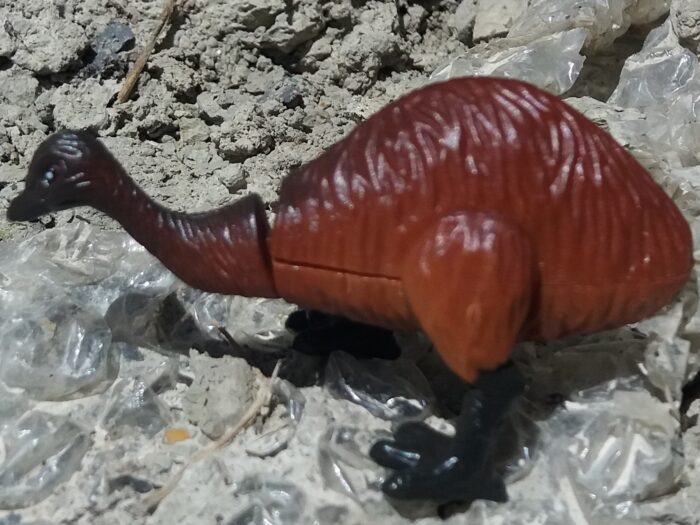
When most people think of the Moa, it is likely they will only think about the giants of these birds, specifically the South Island Giant Moa. The reality is, however, that there were many Moa species across New Zealand, filling niches that in other parts of the world are filled by mammals.
Read more
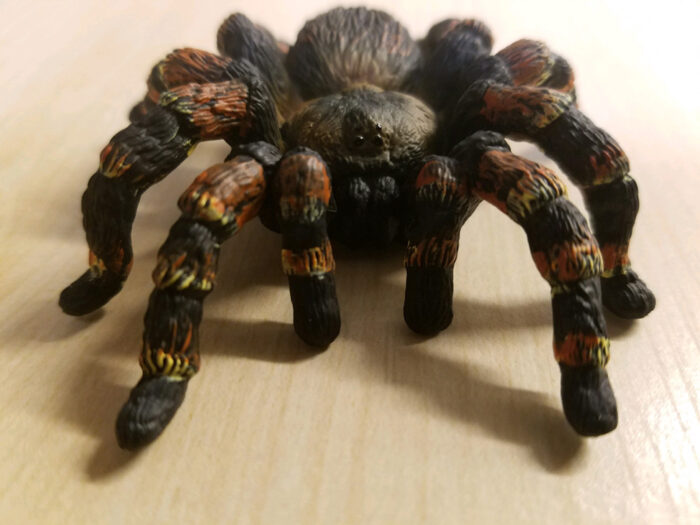
Walkaround of the Mexican red-knee tarantula, Brachypelma smithi (P-Cambridge, 1897) by Schleich, released in 2019. I am going to start with a little taxonomic disclaimer. There is confusion to the identity of spiders referred to as Mexican red-knees, since the description of a cryptic sibling species, B. hamorii Cleton and Verdez, 1997.
Read more
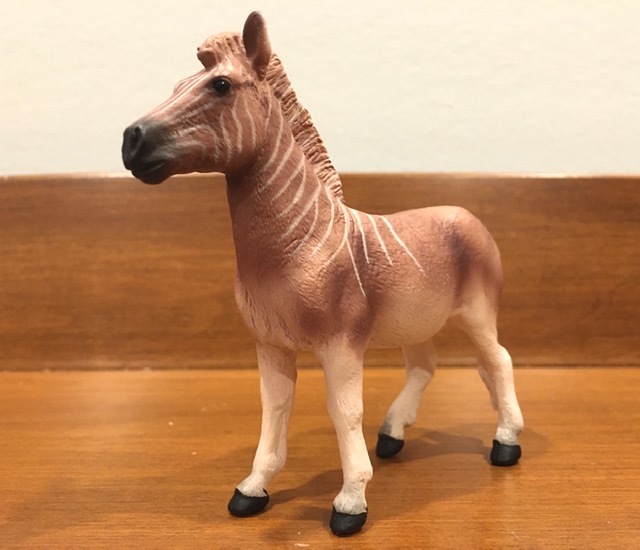
Review and images by Suspsy; edited by bmathison1972
The quagga (†Equus quagga quagga) was a South African subspecies of zebra, immediately recognizable by its unique stripe pattern. During the 19th century, it was hunted relentlessly for its skin and meat, and to eliminate it as competition for domestic animals.
Read more
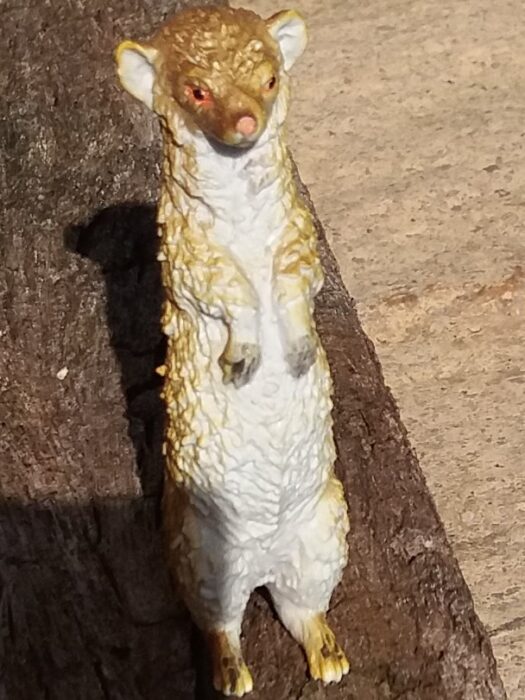
The African plains has some fantastic animals living across it. Gorillas, elephants, rhinos, and other magnificent large animals. But some of the smaller creatures also garner respect and attention. For me, the one that gains this are the meerkat (Suricata suricatta), small carnivores that live in packs across the savanna, eating small animals and dodging larger predators.
Read more
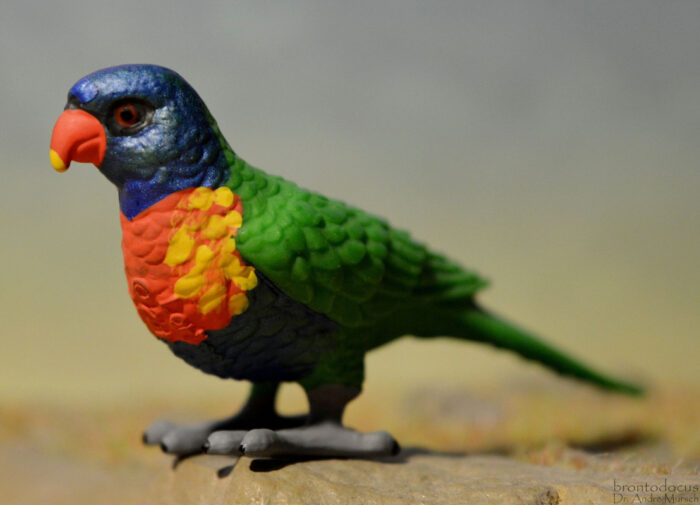
Here is a walk-around of the small Safari Ltd Wings of the World 2016 rainbow lorikeet, Trichoglossus moluccanus (Gmelin, 1788); item No. 150229. Total length is approx. 74 mm (if the head and neck would be fully stretched out) so the scale is approx. 1:4. This popular parrot species from eastern Australia has a specialised tongue with elongated papillae (Trichoglossus means “hairy tongue”) which are needed for their mostly liquid or pulpous diet (fruit pulp, nectar, and pollen).
Read more
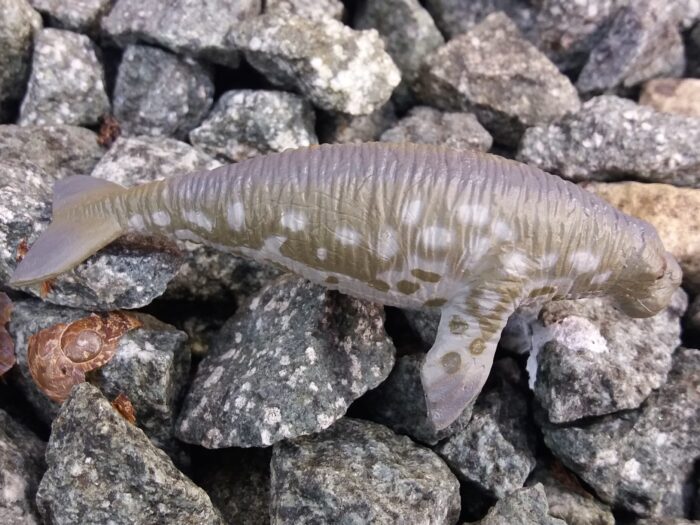
The gluttony of humanity has had catastrophic effect on the flora and fauna of the world, resulting in destruction and extinction. The example here is a clear exhibition of this: the Steller’s Sea Cow, a sirenian colossus that once lived in the Bering straits, it was wiped out by Europeans within 27 years of it’s discovery, being easy to catch and full of tender meat.
Read more
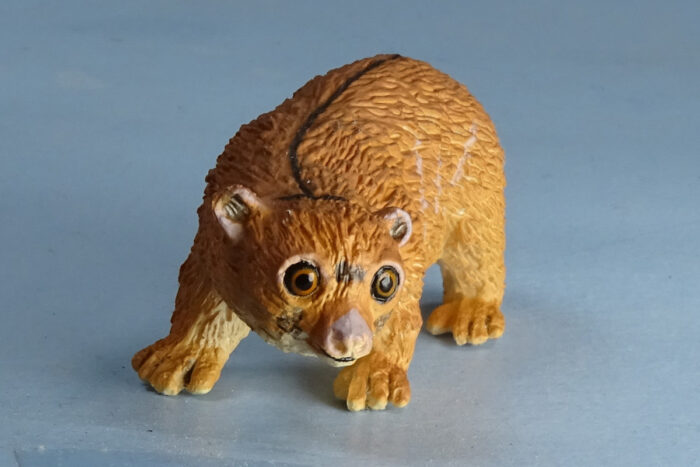
Review and images by stemturtle; edited by bmathison1972
The potto, Perodicticus potto, may look like a little bear, but it is a strepsirrhine primate, commonly called a prosimian. The potto is nocturnal and arboreal, moving slowly through the canopy. Its distribution is the tropical rainforests of equatorial Africa, including the Congo region.
Read more















